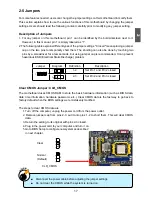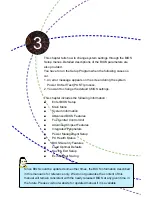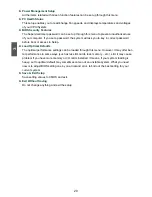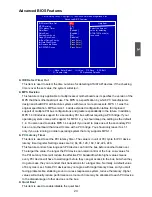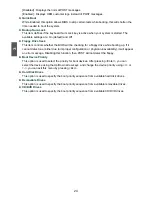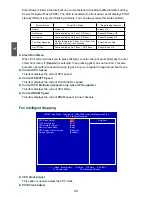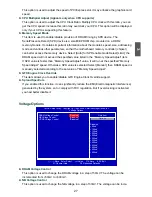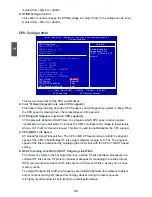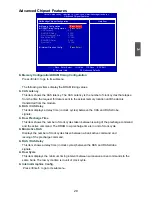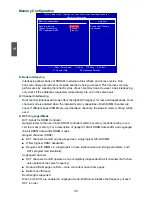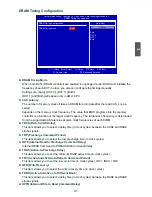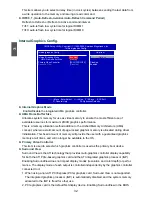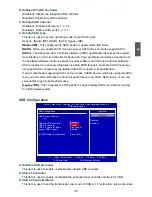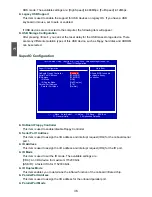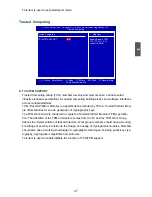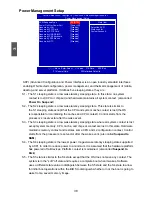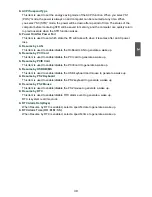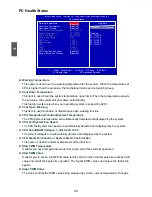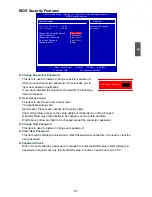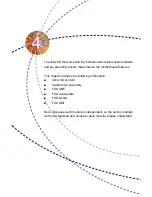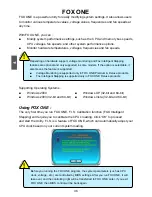
31
3
DRAM Timing Configuration
CMOS Setup Utility - Copyright (C) 1985-2008, American Megatrends, Inc.
DRAM Timing Configuration
DRAM Timing Configuration
Help Item
DRAM Timing Mode
[Auto]
Auto
DCT 0
DCT 1
Both
↑↓←→:Move Enter:Select +/-/:Value F10:Save ESC:Exit
F1:General Help F9:Optimized Defaults
[Auto]
Options
► DRAM Timing Mode
When both DCTs (DRAM controller) are enabled in unganged mode, BIOS must initialize the
frequency of each DCT in order, you also can configure the timings manually.
Settings are: [Auto], [DCT 0], [DCT 1], [Both].
[DCT 1] and [Both] will appear only in AM2+ CPU.
► CAS Latency
The number of memory clocks it takes a DRAM to return data after the read CAS_L is as-
serted
depends on the memory clock frequency. The value that BIOS programs into the memory
controller is a function of the target clock frequency. The target clock frequency is determined
from the supported CAS latencies at given clock frequencies of each DIMM.
► TRCD (RAS-to-CAS Delay)
This item allows you to select a delay time (in clock cycles) between the CAS# and RAS#
strobe signals.
► TRP (Precharge Command Period)
This item allows you to select the row precharge time (in clock cycles).
► tRTP (Internal Read to Precharge Command Delay)
Internal READ Command to PRECHARGE Command delay.
► TRAS (Active-to-Precharge Delay)
This item allows you to set the minimum RAS# active time (in clock cycles).
► TRC (Active-to-Active/Auto-Refresh Command Period)
This item allows you to set the row cycle time (in clock cycles). tRC = tRAS + tRP.
► tWR (Write Recovery)
This item allows you to select the write recovery time (in clock cycles).
► TRRD (Active-to-Active of a Different Bank)
This item allows you to select a delay time (in clock cycles) between the RAS# and RAS#
strobe signals.
► tWTR (Internal Write to Read Command Delay)

